2025
Comparably’s Best Company Outlook
* Providing engineering services in these locations through SWCA Environmental Consulting & Engineering, Inc., an affiliate of SWCA.

From the experts we hire, to the clients we partner with, our greatest opportunity for success lies in our ability to bring the best team together for every project.
That’s why:
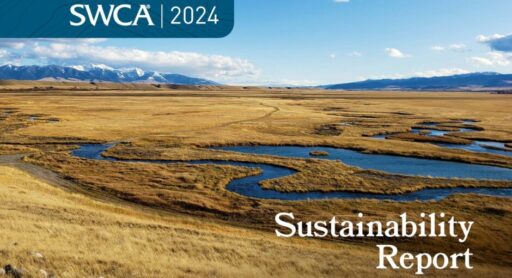
At SWCA, sustainability means balancing humanity’s social, economic, and environmental needs to provide a healthy planet for future generations.
SWCA employs smart, talented, problem-solvers dedicated to our purpose of preserving natural and cultural resources for tomorrow while enabling projects that benefit people today.
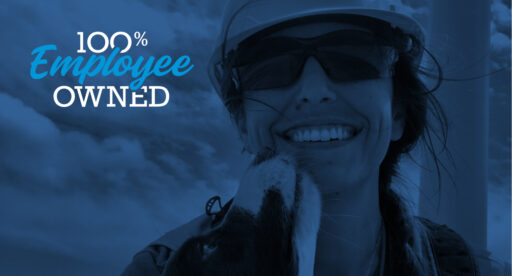
At SWCA, you’re not just an employee. You’re an owner. Everyone you work with has a stake in your success, so your hard work pays off – for the clients, for the company, and for your retirement goals.
Running Deep: SWCA's History in the Grand Canyon
In honor of the National Park Centennial and SWCA’s 35th anniversary, we wanted to take a closer look at SWCA’s history in and around Grand Canyon National Park.
When your office is Grand Canyon, it’s easy to fall in love with your job. Such was the case for SWCA’s founder Steve Carothers and CEO John Thomas. In the 1970s, Steve was Curator of Biology at the Museum of Northern Arizona, and he had secured contracts with the Park Service to inventory the biological resources of the Colorado River corridor and assess impacts from the growing river-running industry. John was a park ranger on the Colorado River and worked closely with Steve, planting the seeds for their working relationship today.
Those first projects made important contributions to the understanding of the Colorado River ecosystem in Grand Canyon and resources management in the park. It also established the foundation for what became SWCA.
In honor of the National Park Centennial and SWCA’s 35th anniversary, we wanted to take a closer look at SWCA’s history in and around Grand Canyon National Park.
Steve and his MNA team conducted a multi-year study documenting the damage caused by feral burros in Grand Canyon National Park. Based on that documentation, the Park Service decided upon a much-publicized program to remove the animals. In other words, they were proposing to kill “Brighty.”
Brighty of the Grand Canyon is a popular children’s book and movie about a lovable burro that roamed the Canyon in the early 1900s. A statue of Brighty in the lobby of a Grand Canyon hotel bears the inscription “forever wild, forever free.” The irony of this in the face of a proposal to eradicate burros from Grand Canyon was lost on no one, and, inevitably, Brighty became the poster child of a “save the burro” movement. Eventually the burros were removed from the park, alive.

Steven Carothers conducting studies on the impact of burros in the Grand Canyon.
In 1980 when the museum decided to “get out of the biology business,” Steve took responsibility for completing the remaining research contracts, Grand Canyon studies chief among them. To do this work Steve needed a staff. He also began to see the potential for a company.
Steve formed Steven W. Carothers Associates. John and Steve worked together on river management projects in the canyon while John was still working for the Park Service.
Incorporated as SWCA. Steve had won work with the Bureau of Reclamation to monitor fish populations below Glen Canyon Dam and was busy assembling the Icthyophyter, the first electrofishing boat capable of navigating Grand Canyon’s rapids. He was also writing a book with ornithologists Bryan Brown and R. Roy Johnson on the birds of Grand Canyon. Steve knew that if SWCA were going to be a “real” company, he needed more people. He offered John a job managing Tucson operations, and John accepted.
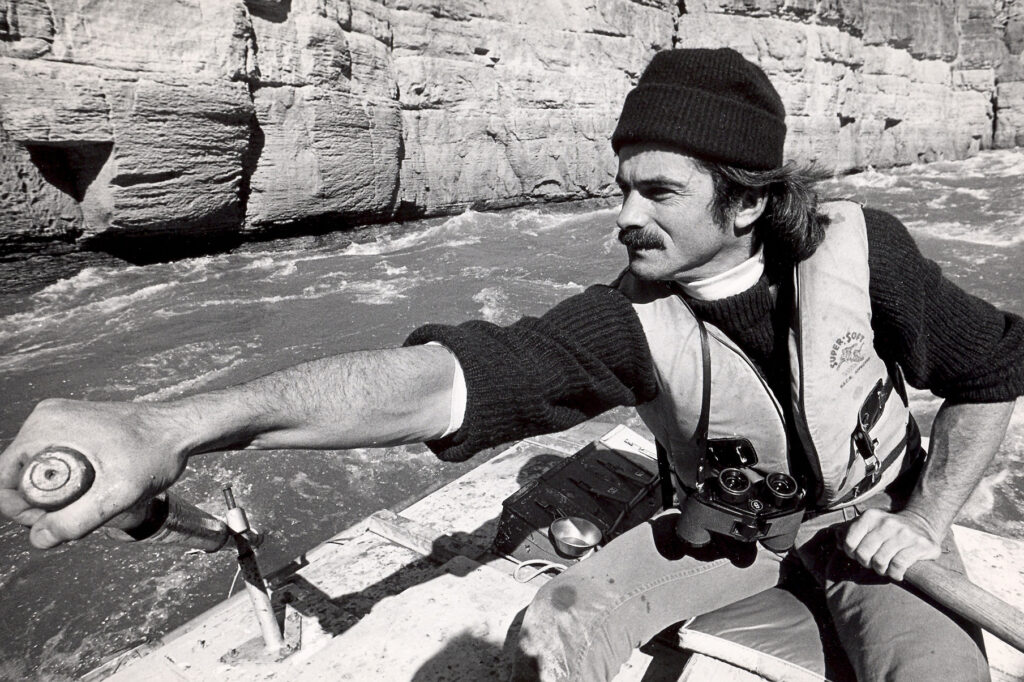
Steven Carothers rafting on the Colorado River in the Grand Canyon.
SWCA continued work in Grand Canyon National Park as part of the Glen Canyon Environmental Studies program that was created to assess impacts of Glen Canyon Dam operations.
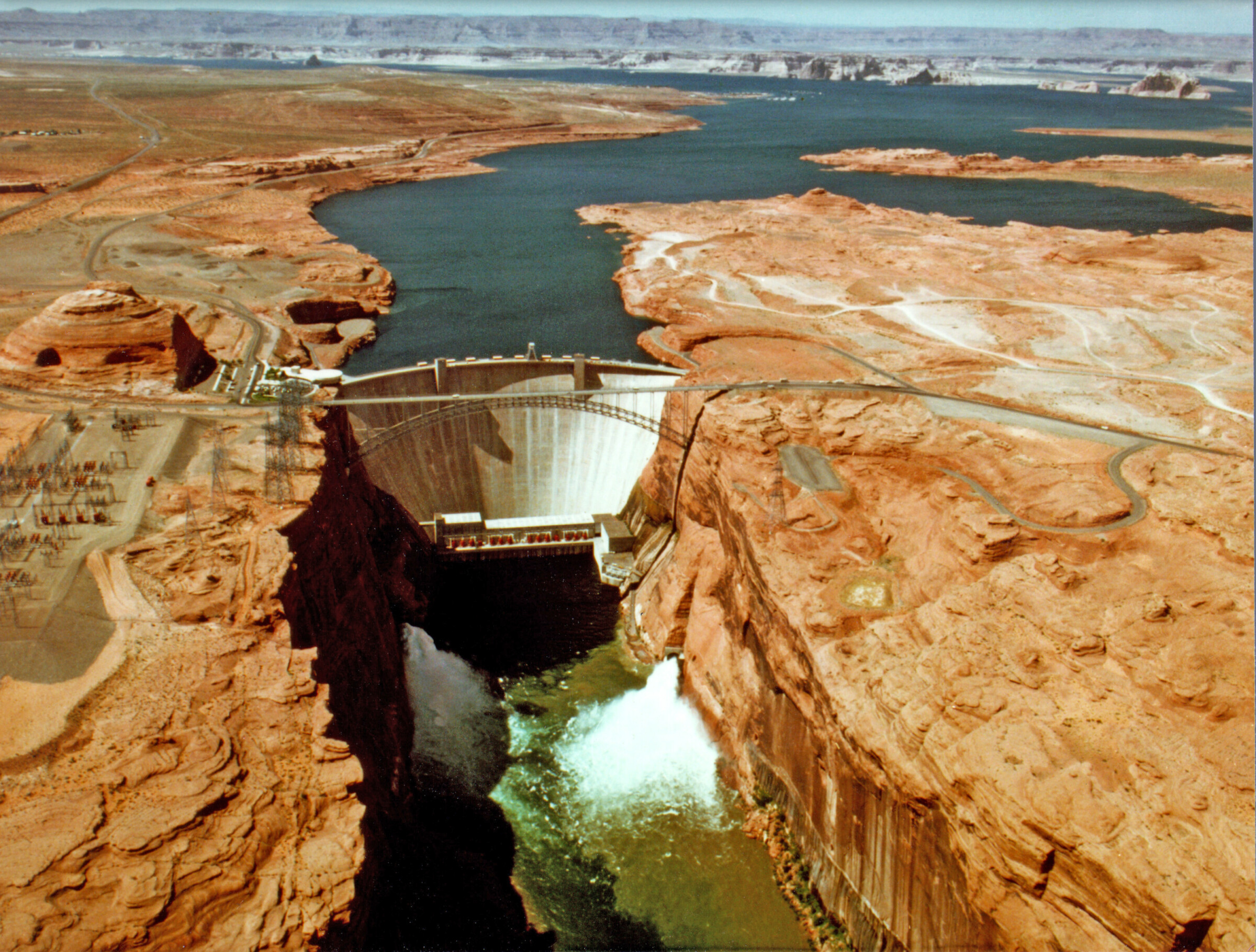
Glen Canyon Dam
Grand Canyon Railway Spurline EIS: SWCA was retained by Grand Canyon Railway to prepare an environmental impact statement (EIS) analyzing the potential impacts of a railway spur line from Tusayan, Arizona, to Grand Canyon Railway’s mainline tracks. The purpose of the proposed project was to enable up to 1 million visitors per year to park their cars in Tusayan and take the train to Grand Canyon National Park, thus reducing the vehicle congestion at the rim. The EIS was completed and all appeals were satisfied, yet the project was never constructed.
Grand Canyon Bird and Insect Study
Fisheries Monitoring in Grand Canyon: SWCA biologists were responsible for collecting important population, life history, and habitat data for the native fishes of the Colorado River in Grand Canyon. Many of these studies have been instrumental in evaluating the downstream impacts of Glen Canyon Dam on the native fish population, especially the endangered Humpback chub (Gila cypha).

Closeup of the threatened Humpback Chub on the Colorado River.
Humpback Chub Translocation: Under the direction of Dr. Richard Valdez, SWCA provided expertise to evaluate the feasibility of translocating endangered Humpback chub (Gila cypha) into tributaries of the Colorado River in Grand Canyon National Park, including the evaluation of removal of non-native fishes to benefit native fishes in tributaries.
Tusayan Flood Control Project: SWCA was contracted by the South Grand Canyon Sanitary District (SGCSD) to prepare an Environmental Assessment (EA) for a flood control project on the Kaibab National Forest. The purpose of the project was to protect the Town of Tusayan, Arizona, from ongoing flooding.
Trans-Canyon Water Line Documentation: Grand Canyon National Park in 1970 completed a pipeline to transport North Rim water 12.4 miles to the South Rim and its village. Over the years, the pipeline suffered leaks and breaks. Replacement of 50-year-old pipeline segments began in 2015, and the National Park Service contracted with SWCA to document the historical value of the pipeline to meet the standards of the Historic American Engineering Record (HAER) and the National Register of Historic Places.
The Trans-Canyon Water Line team was honored with a Governor’s Heritage Preservation Award.
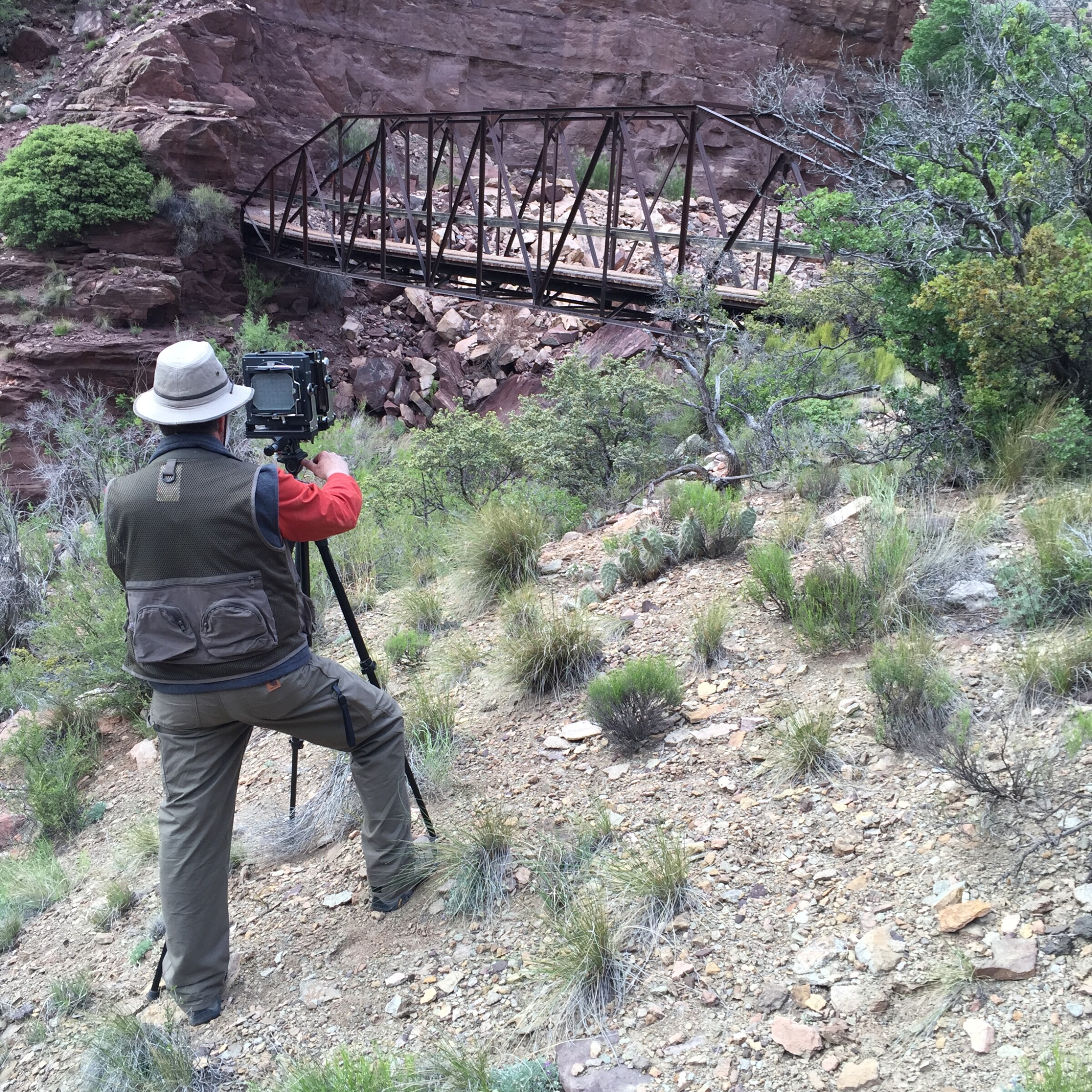
The bridge carries the Trans-Canyon water line across Bright Angel Creek as the line snakes it way down Bright Angel Canyon toward Phantom Ranch in Grand Canyon National Park, Arizona.